Unlocking the Mystery: How to Add Fractions with Different Denominators Using Visual Models
Adding fractions with unlike denominators might seem like a daunting task at first, but with the right approach and understanding, it becomes a breeze.
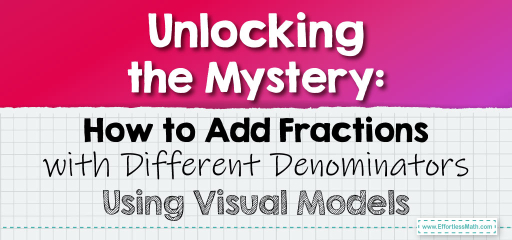
One of the most effective ways to grasp this concept is by using visual models. In this blog post, we’ll explore a step-by-step guide on how to add fractions with different denominators using models, ensuring you have a solid foundation in this essential grade 5 math topic.
Step-by-step Guide:
1. Understanding the Basics:
Before diving into adding fractions with unlike denominators, it’s crucial to understand what a fraction represents. A fraction consists of a numerator (the top number) and a denominator (the bottom number). The denominator tells us into how many equal parts a whole is divided, while the numerator indicates how many of those parts we have.
2. Identifying Unlike Denominators:
If two fractions have different denominators, they have unlike denominators. For example, in the fractions \(\frac{1}{3}\) and \(\frac{2}{5}\), the denominators 3 and 5 are different.
3. Using Models for Visualization:
Draw two separate models (like circles or rectangles) and divide them based on the denominators of the fractions you’re adding. For our example, one model will be divided into 3 equal parts and the other into 5 equal parts.
4. Finding a Common Denominator:
To add fractions with unlike denominators, we need a common denominator. This is a number that both denominators can divide into. In our example, the least common denominator for 3 and 5 is 15.
5. Adjusting the Fractions:
Using the models, adjust the fractions to have a common denominator. For our example, \(\frac{1}{3}\) becomes \(\frac{5}{15}\) and \(\frac{2}{5}\) becomes \(\frac{6}{15}\).
6. Adding the Adjusted Fractions:
Now, simply add the numerators of the adjusted fractions. Using our example, \(5 + 6 = 11\). So, \(\frac{1}{3} + \frac{2}{5} = \frac{11}{15}\).
Examples 1:
Add \(\frac{2}{4}\) and \(\frac{3}{8}\) using models.
Solution:
The least common denominator is 8. Adjusting the fractions, \(\frac{2}{4}\) becomes \(\frac{4}{8}\). So, \(\frac{2}{4} + \frac{3}{8} = \frac{7}{8}\).
The Absolute Best Book for 5th Grade Students
Example 2:
Add \(\frac{3}{6}\) and \(\frac{1}{3}\) using models.
Solution:
The least common denominator is 6. The fraction \(\frac{3}{6}\) remains the same, while \(\frac{1}{3}\) becomes \(\frac{2}{6}\). So, \(\frac{3}{6} + \frac{1}{3} = \frac{5}{6}\).
Practice Questions:
1. Add \(\frac{1}{5}\) and \(\frac{2}{10}\) using models.
2. Add \(\frac{3}{7}\) and \(\frac{2}{14}\) using models.
3. Add \(\frac{4}{9}\) and \(\frac{2}{3}\) using models.
A Perfect Book for Grade 5 Math Word Problems!

Answers:
1. \(\frac{3}{10}\)
2. \(\frac{4}{7}\)
3. \(\frac{10}{9}\) or \(1 \frac{1}{9}\)
The Best Math Books for Elementary Students
Related to This Article
More math articles
- Number Properties Puzzle – Challenge 13
- How to Multiply Monomials? (+FREE Worksheet!)
- Geometry Puzzle – Challenge 69
- Online Math Tutoring Tools: The Top 5 tools
- Top 10 Accuplacer Math Prep Books (Our 2023 Favorite Picks)
- Algebra Puzzle – Challenge 46
- How to Solve Word Problems by Adding Three or More Decimals
- How to Graph Box Plot?
- How to Solve Word Problems of Absolute Value and Integers?
- How to Add and Subtract Matrices? (+FREE Worksheet!)








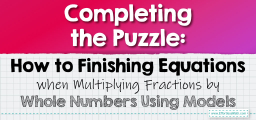
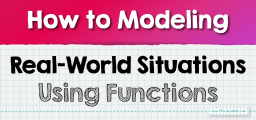





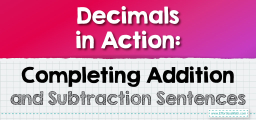
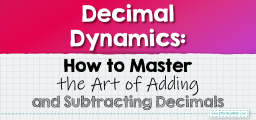
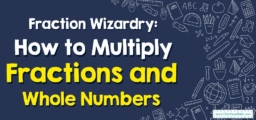
What people say about "Unlocking the Mystery: How to Add Fractions with Different Denominators Using Visual Models - Effortless Math: We Help Students Learn to LOVE Mathematics"?
No one replied yet.